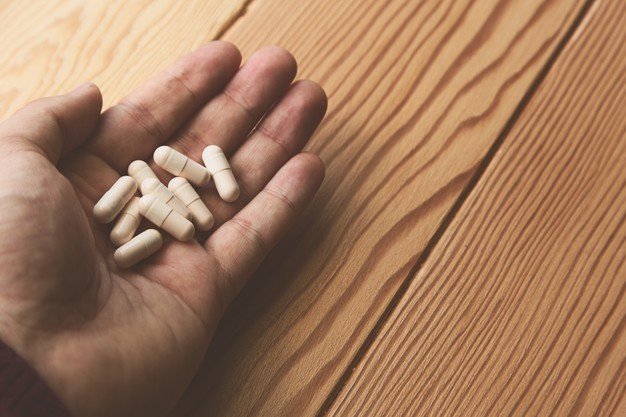In the US, more people die each year from opioid drugs than from traffic accidents. The drugs kill around 100 Americans each day. They’re highly addictive, with about 25% of people who receive a prescription becoming addicted.
Conventional treatments for opioid addiction are expensive and demonstrate limited success. According to the National Institute on Drug Abuse, treatment costs about $4,700 per year. According to the 2016 Surgeon General’s Report, more than 60% of addicts relapse within twelve months.

Devin’s story is typical. He had his wisdom teeth removed when he was 16. After the surgery, he received a 30-day prescription for opioid pain medication and liked the way the pills made him feel.
After three days, Devin had consumed the entire prescription. He soon realized it was easy to obtain prescription opioids from people’s bathrooms, from friends, or from people on the street.
One day, at age 24, and woke up in a hospital with his mother and a drug counselor at his side. They said to him, “Devin, you overdosed. You need to get help.” He realized he was on his way to losing everything and needed to make a change.
With the support of his family, he completed treatment and entered a transitional living house.
Today, Devin has been in recovery for 10 years. He has a wife, a daughter, a home, a master’s degree, and a career dedicated to helping others recover from substance use. Devin reminds his clients that opioid use disorder is the result of our brain’s hardwiring, not a moral failing.
One study looked at the brain function of opioid users. A group of 135 people who took opioids daily to dull their chronic pain were profiled using EEGs. They were then randomized into two groups. Half practiced mindfulness meditation for 8 weeks while the rest participated in a support group led by a therapist.
After studying the changes in their brain function, the researchers said that mindfulness “reversed the devastating trajectory” of drug abuse. Their brains became less reactive to cues related to the drugs.
At the same time, participants became more able to savor simple pleasures. They reported less pain and more positive emotions than participants in the support group.
The researchers said that mindfulness “teaches people to better notice, appreciate and amplify the good things in life, while also deriving meaning and value from difficult situations.”

If you don’t yet have a daily meditation practice, it’s worth starting now. At the beginning of each day, I use a method called EcoMeditation, which has 7 simple steps. It’s a blend of acupressure, heart coherence, neurofeedback, hypnosis, and mindfulness. Research shows that in around four minutes, it produces an elevated emotional state.
After 30 to 40 minutes, I start my day feeling wonderful. The effect persists for hours, lightening my mood and making me resilient throughout the day. In my book Bliss Brain, I show how this is more than a feeling. It’s a biological change, measurable in levels of “feel-good” hormones like serotonin and dopamine, and activation of the brain’s pleasure circuits. It even raises levels of beta-endorphin, one of the brain’s natural opioids.
Many years ago, I made a commitment to meditate for 30 minutes every day. My life began to change quickly in the weeks and months that followed. Studies find that just eight weeks of this practice, the same length of time in the opioid pain study, literally changes the structure of your brain.
I invite you to rewire your brain for happiness by making meditation a daily practice. Keep a journal, record your progress, and you’re likely to be surprised at just how much happier you can get. Choose joy from within, starting today!














